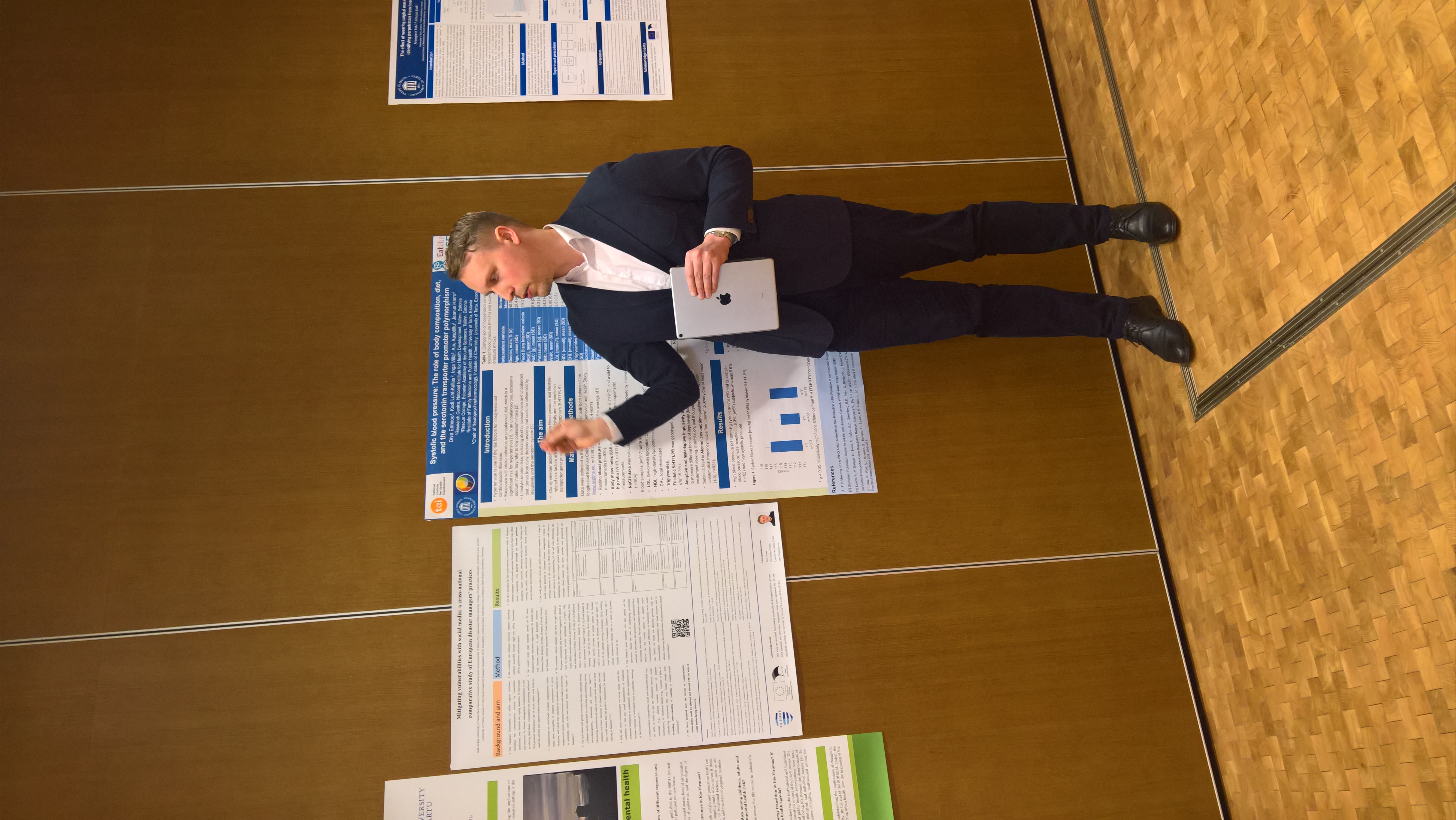To quote our project coordinator, our project may have ended, but its results will stay alive - and contribute to improving crisis response in our societies.
Last week, Sten Torpan, a PhD student from the University of Tartu, our partner, conducted a presentation at the Estonian Doctoral School of Behavioural, Social and Health Science's Annual Conference, and spoke about our project's results to the participants.
His presentation, with the title "Mititgating vulnerabilities with social media: a cross-national comparative study of European disaster managers' practices", provided an overview of the situation in Germany, Italy, Belgium, Sweden, Hungary, Finland, Norway, and Estonia, by making use of 95 expert interviews.
What did our analysis reveal? There are six distinct social media practices that could reduce disaster vulnerability: identifying citizens' concerns, identifying missing persons, informing and warning the public, sharing educational guidelines, sharing guidelines during disaster, and organising volunteers.
The results of this study can be used to improve guidelines for official crisis communication on social media and emphasise the value of using social media in disaster risk reduction.
If you want to see more of our results on crisis communication, go check out our Innovations here - we have a set of guidelines on how to include social media influencers in your crisis communication strategy, as well as an Inclusive Crisis Communication Canvas that could be useful to any NGO who wants to streamline their crisis communication actions.
